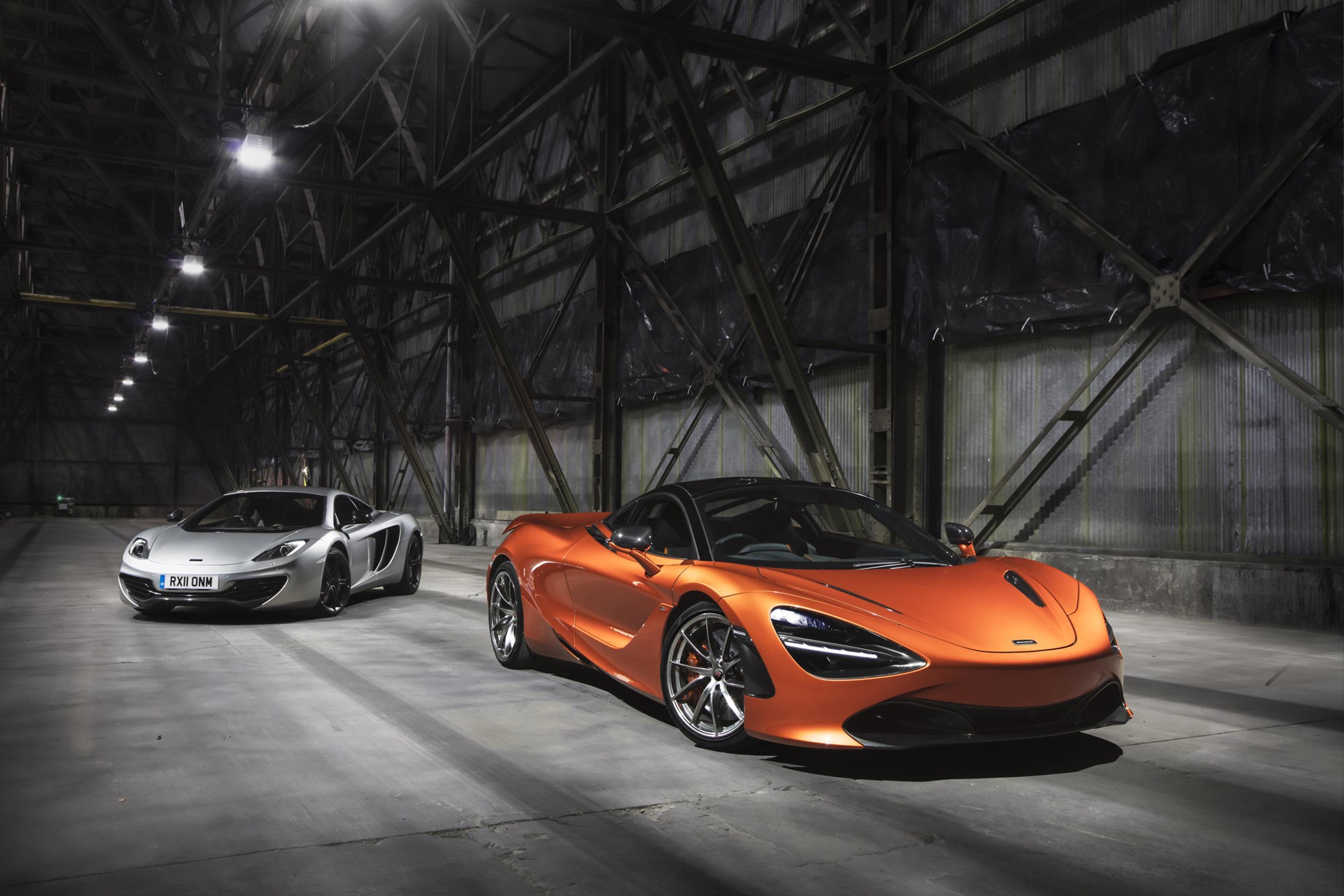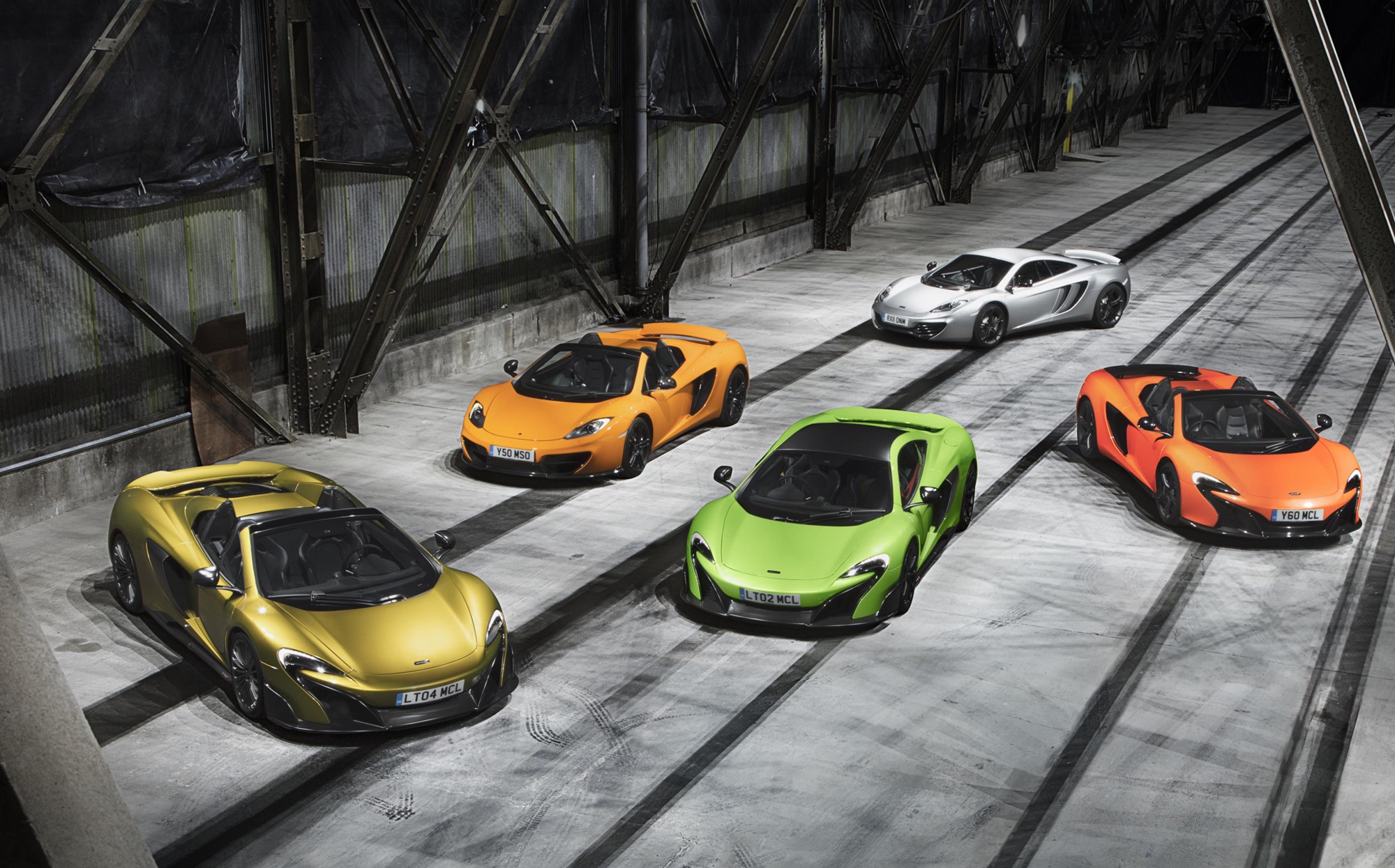McLaren Automotive is celebrating the beginning of full production of the new 720S supercar, with the completion of the ‘Job#1’ car.
Finished in Glacier White, the car is ready to leave the McLaren Production Centre in Woking, England.
The move to full production marks the beginning of a new chapter in the McLaren Automotive story, as the second generation of the Super Series – codenamed ‘P14’ – replaces the first generation ‘P11’ model family that included the original McLaren 12C, as well as the McLaren 650S and 675LT.
“The new McLaren 720S entering volume production is a momentous occasion for McLaren Automotive, marking the first time since the company was formed in 2010 that we have replaced a model family with an all-new generation,” said Mike Flewitt, Chief Executive Officer, McLaren Automotive.

“Customer interest in the new McLaren 720S following its unveiling in March at the Geneva International Motor Show has significantly exceeded our expectations and we are bidding farewell to the first-generation Super Series in the knowledge that we have a successor that raises limits in the supercar segment to new heights.”
The first of 15 new McLaren models confirmed for introduction by the end of 2022 under the company’s Track22 business plan, the new 720S personifies the blend of performance, luxury and driver involvement the brand strives for.
Lighter, faster and even more dynamically capable than the McLaren 650S it replaces, the new 720S is powered by a 4.0-litre V8 twin-turbocharged engine that produces 536kW (720 horsepower).
The result in performance terms is acceleration from 0-100km/h achieved in just 2.8 seconds and 0-200km/h taking 7.8 seconds. The maximum speed of McLaren’s new supercar is 341km/h.
Farewell to the ‘P11’, the first-generation McLaren Super Series

The first-generation Super Series introduced McLaren Automotive to the supercar world and in total more than 7,000 have been sold.
The story of the model line carrying the internal McLaren designation of ‘P11’, began in 2009 when the 12C was first unveiled and subsequently launched in 2011. With a carbon fibre, composite MonoCell chassis and twin-turbocharged, mid-mounted V8 engine, the first new McLaren model for almost two decades instantly presented an alternative for serious supercar buyers.
Just one year later, the 12C Spider was unveiled in the United States at Pebble Beach. Featuring a retractable folding hardtop roof that could be raised or lowered in less than 17 seconds, the Spider was built around the same MonoCell chassis as the Coupé.
The P11 family enjoyed significant growth in 2014, with the launch of the 650S and 650S Spider at that year’s Geneva International Motor Show. Joining the existing 12C in the Super Series range, the 650S incorporated design and engineering features inspired by the flagship McLaren P1.
A lightweight, track-focused addition to the range was debuted at the 2015 Geneva Motor Show. Named 675LT in tribute to the famous ‘Longtail’ F1 GTR racers of the late 1990s, the car stayed true to its iconic namesake, becoming the lightest, most powerful and fastest Super Series model. Weighing 100kg less than the 650S, wearing sticky Pirelli P Zero Trofeo R tyres and featuring a stripped out interior. In response to customer demand, less than a year later at the end of 2015 an open-top version of the 675LT was announced.
The 675 LT models were built alongside the 650S Coupé and Spider, with production ending in 2016.




